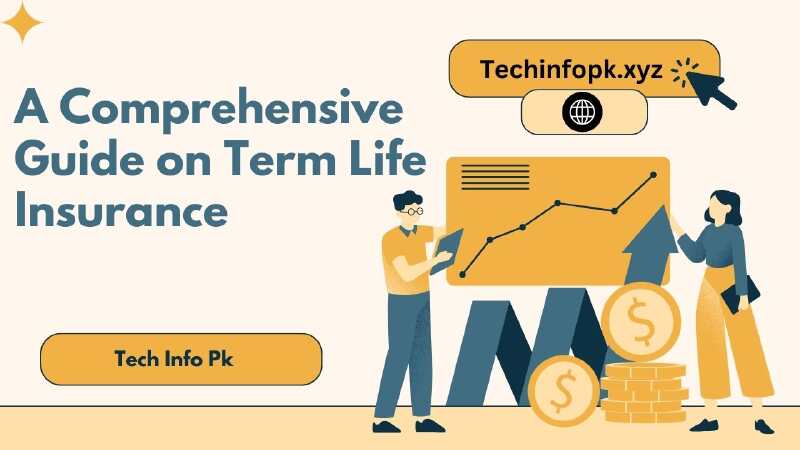Introduction:
In the realm of financial planning and securing the future, term life insurance emerges as a beacon of protection. Unlike its counterparts, term life insurance is a straightforward and cost-effective way to safeguard your loved ones. Let’s delve into the intricacies of term insurance, unraveling its nuances and shedding light on why it might be the right choice for you.
I. Definition and Fundamentals
Defining Term Life Insurance
Term life insurance gracefully unfolds as a financial safeguard, offering coverage tailored to a predetermined span or duration. It is designed to protect your beneficiaries financially if you pass away during the policy’s term. Diverging from the financial intricacies of permanent life insurance, exemplified by policies like whole life or universal life, term insurance refrains from amassing any cash value throughout its tenure.
How It Works
Term life insurance operates on a simple premise. You pay regular premiums for the policy’s duration, and if you pass away during the term, the death benefit is paid out to your beneficiaries. This straightforward structure makes term insurance an attractive option for those seeking coverage without the complexities of investment components.
II. Key Features and Components
Duration and Term Options
The term length of this insurance policy can vary, typically ranging from 10 to 30 years. You choose a term based on your specific needs and financial goals. Shorter terms may be suitable for those with temporary financial obligations, while longer terms provide extended protection for the duration of significant responsibilities, such as raising a family or paying off a mortgage.
Death Benefit
The death benefit is the amount paid to your beneficiaries upon your death. It serves as a financial safety net, helping your loved ones cover expenses like mortgages, education costs, or daily living expenses. Determining an appropriate death benefit involves assessing your financial obligations and the future needs of your dependents.
III. Advantages of Term Life Insurance
Affordability and Cost-Efficiency
At the heart of term life insurance’s appeal rests a distinct advantage — its remarkable affordability sets it apart as a cost-effective shield for safeguarding your loved one’s financial future. Premiums for term policies are generally lower compared to permanent life insurance, making it an accessible option for individuals and families on a budget. This cost-effectiveness allows you to allocate more resources to other financial goals.
Flexibility and Customization
Term life insurance offers flexibility in choosing both the coverage amount and the term length. This customization enables you to align your policy with your unique circumstances, adjusting it as your financial situation evolves. Whether you need coverage for a specific period or want to tailor the death benefit, term insurance adapts to your changing needs.
IV. Considerations and Drawbacks
No Cash Value Accumulation
Unlike some permanent life insurance policies, this insurance does not accumulate cash value over time. This means that once the policy term expires, there is no payout or return on the premiums paid. While this simplicity keeps premiums lower, it also means you won’t build equity within the policy.
Coverage Limitations
Term life insurance provides protection only for the specified term. If you outlive the policy, you may need to secure a new one, and premiums could increase due to age and potential changes in health. Additionally, if your needs evolve and require coverage beyond the original term, addressing those changes may involve obtaining a new policy.
V. Is Term Life Insurance Right for You?
Assessing Your Needs and Goals
Determining if term insurance is the right fit involves a thorough assessment of your financial situation, responsibilities, and long-term goals. Consider factors such as outstanding debts, income replacement needs, and the financial well-being of your dependents. Term life insurance is often favored by those seeking straightforward protection during specific periods of heightened risk.
Consulting with Financial Professionals
Seeking advice from financial professionals can provide valuable insights into your unique circumstances. A financial advisor can assist in evaluating your insurance needs, exploring policy options, and ensuring that your coverage aligns with your broader financial strategy.
Conclusion:
In the intricate tapestry of financial planning, term insurance stands out as a pragmatic and accessible tool for protecting the ones you cherish. As you embark on this journey of safeguarding your family’s future, understanding the intricacies of term insurance empowers you to make informed decisions. In the realm of uncertainties, term life insurance offers a beacon of financial security, ensuring that your legacy endures even in your absence.
Thanks for reading our article visit our site techinfo for more amazing and unique articles.
